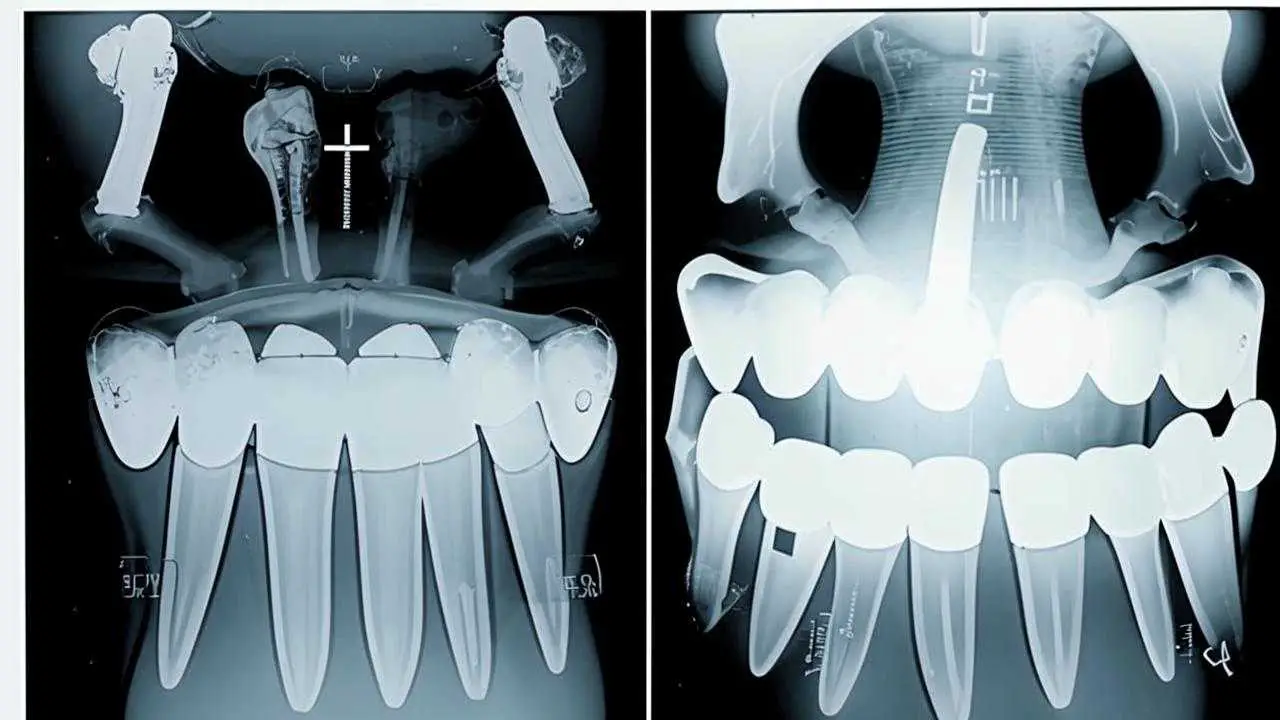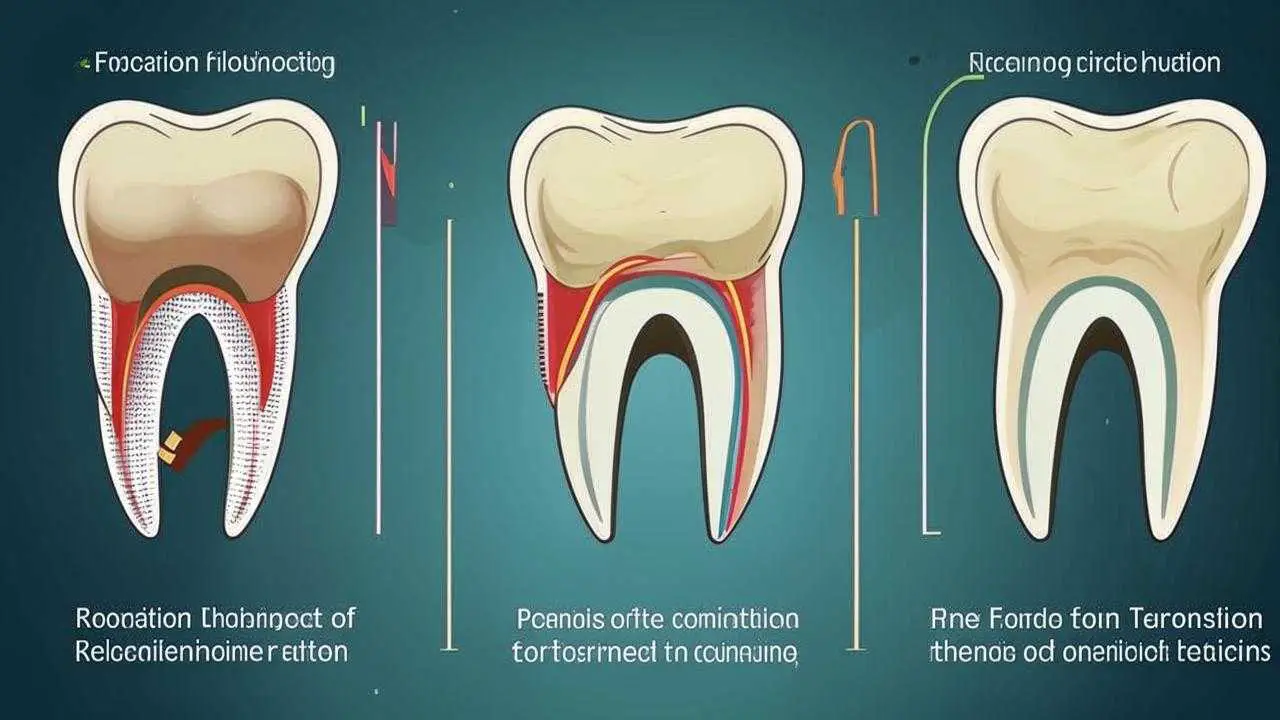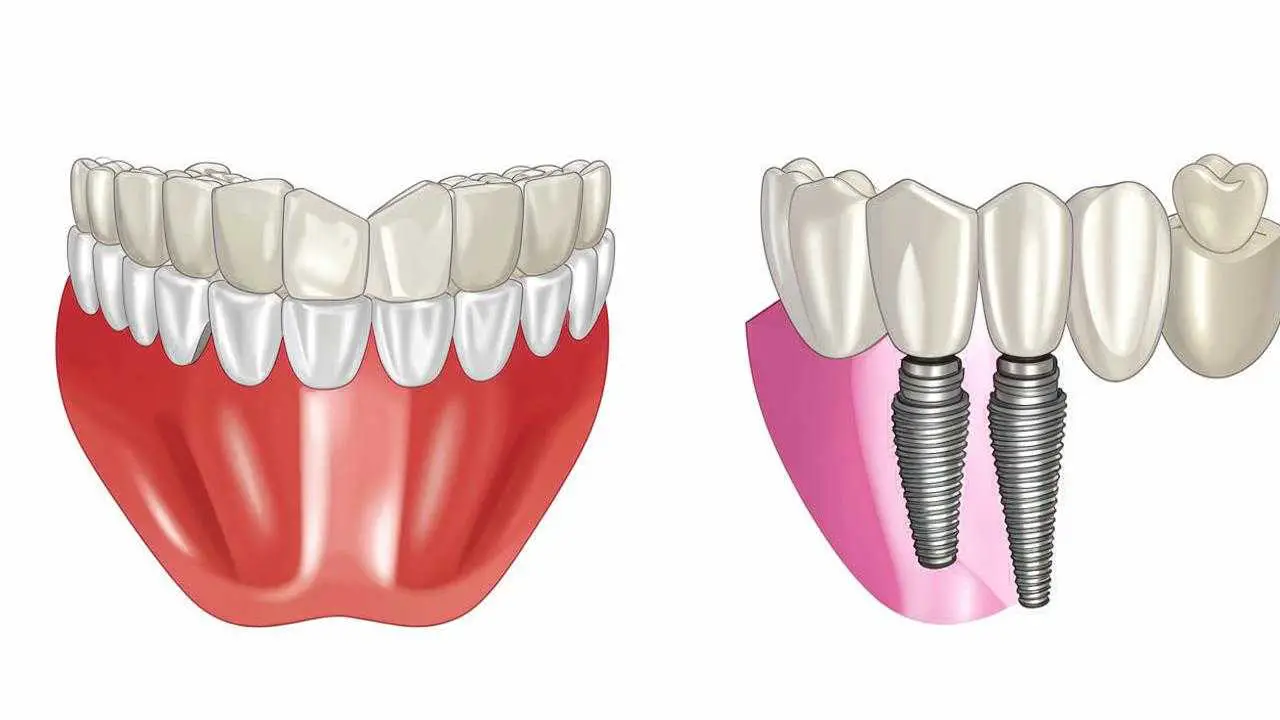Waktu membaca ~ 6 menit Jumlah pembacaan: 16512
Transplanting teeth from your own dentition is a procedure that is used as an alternative to implants. Everyone has teeth that do not participate in the chewing process, do not affect the bite, and do not perform any important functions. These are the wisdom teeth. They are the ones that, more often than not, become donor teeth. But not always.
There are teeth that grow outside the arch, spoil the smile, provoke inflammation. You can get rid of the problem by orthodontic treatment: installing splints, plates, braces. There are cases when the only solution is extraction. Then the tooth has a chance to benefit its owner. It can be grafted to the place where the tooth was lost or is planned to be extracted.
Another source of donors for transplants is extra-complete teeth. Some people grow twin teeth. Such units are direct candidates for extraction. At the same time, they can be useful by replacing a diseased or lost colleague.
Indications, contraindications and conditions of transplantation
Tooth reimplantation is possible if there is a donor that fits the root system of the missing unit. To put it simply, you cannot transplant a tooth that has 4 roots in place of a two-rooted tooth. Another condition is that the donor must be healthy.
The main indication for transplantation is young age (under 18 years), when implantation is not yet performed.
The list of contraindications is extensive:
- diabetes mellitus;
- general diseases – nervous, cardiac, endocrine;
- oncologic diseases;
- mental disorders;
- intolerance to anesthesia;
- slow bone regeneration.
The main problem: the availability of a donor. Wisdom tooth transplantation is the most common method.
Pros
- Therisk of rejection is very low, because your own tooth is transplanted
On the other hand, there is no 100% guarantee of engraftment. A study has shown that the percentage of engraftment is very low. [1] is about the same or even lower than the implant implant implant implant implant implant implant implant implant implant implant implant implant implant implant implant implant implant.
- Restoration of masticatory function
Chewing on the transplant side is possible after 2 weeks, but food should be soft, liquid or puréed from one month onwards.
- Bone preservation
Just like an artificial implant, the donor overgrows bone tissue and stops it from atrophying. This means that if a tooth is lost, implant surgery will be easier because the bone will be dense.
It is cheaper to transplant your own tooth than it is to have an implant done with quality materials. However, the warranty on the implant is for life, and how long the donor will last, no one knows, but a maximum of 5-7 years.
Cons
- Transplantation of your own tooth has many limitations: the tooth must fit all parameters, be healthy.
- After transplantation of the formed tooth, endodontic treatment is carried out – remove the nerve (pulp), fill the canals.
- If a lot of time has passed since the loss of the tooth, bone grafting (bone grafting) is needed. While more and more implantations are carried out without it.
- The operation is rare and few doctors have sufficient experience. It is easy to gain experience in implantation, as surgeries are performed every day. Wisdom tooth transplantation is an infrequent event. Transplantation of retined and “extra” teeth is generally rare, especially in smaller dentists.
How the transplantation of your own tooth takes place
The operation is carefully prepared, the patient must undergo examination, diagnostics and at the time of intervention do not suffer from acute diseases.
The tooth can be transplanted either into the well of a tooth that has just been extracted, or the place for it is formed artificially, with the help of dental instruments. It is important that as little time as possible elapses between the removal of the donor and its transplantation. Otherwise, the tissues that normally hold the tooth in the cavity – periodontal ligaments – will die. Wisdom tooth transplantation is most often performed. Its removal itself can be a problem. The roots of such teeth are complex, often intertwined. To perform the operation without damage requires great skill.
- Preparation. Sanitation of the oral cavity, professional cleaning is necessary to exclude the possibility of infection.
- Diagnosis. It is obligatory to conduct a computer tomography, take measurements.
- Making a 3D model. This stage is carried out only in clinics with the appropriate equipment. In dentists’ clinics, the tooth is adjusted during transplantation, by eye.
- Preparation of the bed. If the tooth was lost earlier, the bed is formed artificially. If the extraction takes place during the operation of replantation, the hole formed in the gum is used.
- Trying on the 3D model. On the basis of scanning, an exact copy of the donor is made. It is used during the surgical stage, to form a bed or its fitting.
- Removal of the donor. Conducted under anesthesia. Requires special care, because it is necessary to save all tissues.
- Installation of the donor, its fixation with a splint.
- Removal from the bite. Chewing tubercles are ground so that the tooth does not come into contact with the antagonist and does not participate in chewing (temporary measure).
- Recovery period. Lasts differently for everyone, takes approximately 2-3 weeks.
- Depulpation. Removal of the nerve (pulp). During transplantation, the pulp is damaged, which leads to die off. If it is not removed, decay products can cause inflammation and the work will be in vain, the tooth will not take root. After removal, the cavity is filled with calcium preparations and a temporary filling is placed. After another 2 weeks, the canals are filled.
- Restoration of the bite. The relief of the surface polished earlier is restored with composite materials.
- Prostetik. An inlay or crown is made to correct any discrepancies and protect the tooth.
Alternatives
Transplantation of your own tooth is one of the ways to restore the dentition. It is justified during the formation of the bite, when it is necessary to save a place for a permanent unit, to prevent the displacement of teeth.
If, for some reason, it is impossible to carry out a transplant, children and adolescents are carried out orthodontic measures. Their purpose is the same – to prevent the teeth from shifting. Wearing orthodontic structures can be a hassle, but it allows them to wait for the permanent teeth to erupt where they should be.
When the bite is formed, alternative techniques include:
- Implants. Proponents of autotransplantation of a wisdom tooth or an overcomplete unit, cite low cost as the main argument. In fact, you need to take into account the depulping and prosthetics that are performed after the wisdom tooth is transplanted in place of the lost tooth. In addition, this method is less durable than dental implantation with a titanium post.
- Non-removable prosthetics – dental bridge. This method has two major disadvantages:
- You have to grind down healthy teeth for the crowns
- The method does not stop bone atrophy.
Depulped teeth tend to deteriorate quickly, and bone loss leads to aesthetic (jaw recession) and physiological (shifting of teeth, bite disorder) defects.
- Orthodontic treatment. If the 7th tooth has been lost, orthodontic methods can be used to replace it with an eight (wisdom tooth).
Important! In our center tooth transplantation is not carried out. This article is for informational purposes only.
Sources:
[1]https://stomatologclub.ru/stati/implantologiya-14/autotransplantaciya-zuba-mudrosti-kak-alternativa-zubnoj-implantacii-1809/


